Juvederm Benefits, How It Works, And Aftercare Tips
Explore the transforming effects of Juvederm and discover how to unlock your beauty beyond lines

Image: shutterstock
Dermal fillers are a non-surgical way to minimize the aging signs. And among all, Juvederm fillers have gained immense popularity. There are multiple benefits of Juvederm fillers over other similar dermal fillers on the market. They are considered safe and work with your natural facial contour. Read on to learn more about Juvederm benefits, effects, and risks before booking an appointment.
In This Article
What Is Juvederm?
The Juvederm product line by Allergan (the makers of Botox) consists of hyaluronic acid-based injectable dermal fillers that correct moderate to severe wrinkles and folds to enhance your facial features and contours. Our skin produces hyaluronic acid to retain water to lubricate and moisturize the skin tissues. However, with age, it may decline, causing wrinkles and fine lines.
 Did You Know?
Did You Know?The dermal fillers in the Juvederm line have different concentrations of hyaluronic acid and are tailored to target specific areas and issues.
| Juvederm Types | Purpose |
|---|---|
| Juvederm Voluma XC |
|
| Juvederm Vollure XC Juvederm Ultra Plus XC |
|
| Juvederm Volbella XC |
|
| Juvederm Ultra XC |
|
The Juvederm fillers ensure several benefits for the skin.
Key Takeaways
- Juvederm dermal fillers are painless. They use a natural ingredient, ensure better results, and their results last longer.
- After taking them, apply a cool compress, avoid using makeup on the area, and avoid intake of coffee and alcohol.
- Redness, bruising, swelling, pain, and itching are some side effects you will see right after the treatment.
Benefits Of Juvederm Dermal Fillers
1. They Are Painless
Juvederm fillers contain 0.3% lidocaine powder (a type of local anesthetic) to reduce pain and distress significantly. As a result, you may feel slight discomfort when the injection is pushed, but overall, it is a painless procedure. However, it may be painful if your body does not respond quickly to lidocaine at low concentrations.
2. They Use A Natural Ingredient
The main ingredient of Juvederm fillers is non-animal-based hyaluronic acid. This ingredient is found naturally in human bodies, and it eliminates the risk of allergic reactions when injected for treatment. In other words, you do not have to undergo any skin allergy tests before taking Juvederm fillers.
3. They Ensure Better Results
are malleable, smooth gels that help you attain better volume than collagen fillers.
4. The Results Last Longer
Juvederm treatment involves dermal fillers that have a homologous consistency and are developed with Hylacross technology. They contain a high concentration of cross-linked or chemically modified hyaluronic acid. This makes the dermal fillers last longer, from 6 to 12 months approximately.
5. Juvederm Treatment Is Reversible
One of the most significant benefits of Juvederm is that it is reversible. The hyaluronic acid filler can be dissolved with the help of a unique solution. This means if you do not like the results or your appearance after getting them, these dermal fillers can be dissolved with hyaluronidase injections in one to two sessions. This way, you always have the option of going back to your previous look.
6. They Are FDA-Approved
Juvederm (also known as Hydrafill) is approved by the Food and Drug Administration (FDA) in 2006. However, it is sold in Europe and Canada as HydraFill (only in certain countries) since 2003.
A study with 1,488 patients revealed that 71% of participants treated with hyaluronic acid (HA) showed at least one grade improvement in lip fullness 3 months after treatment. Similarly, an analysis 6 months after HA injection showed that 74% of participants maintained their increased lip volume, indicating a sustained effect of the treatment.
Preparing for Juvederm treatment is a simple but essential process. Here is what you need to do.
Juvederm Fillers: How To Prepare And The Procedure
Step 1: Consult A Medical Professional
Consult an experienced skin care professional and discuss your expectations from the treatment and the issue you want to address. Depending on that, the expert will suggest a suitable filler.
Also, discuss your underlying medical conditions (if any), any medications you are taking, and allergies. This will ensure your current medications do not interfere with the dermal filler treatment. They may also ask if you have undergone any other facial treatments (like chemical peeling or laser treatments) recently or plan to do so around the same time. Accordingly, they will guide you through the procedure.
Step 2: Preparing For The Session
Since Juvederm treatments are minimally invasive, they do not require much preparation. However, you need to follow the instructions provided by your medical consultant. They may ask to:
- Avoid certain medications, such as aspirin and ibuprofen.
- Avoid smoking and drinking alcohol.
The doctor may suggest other restrictions or precautions if you have any allergies or are sensitive to any medical procedure.
Step 3: The Procedure
The procedure generally takes about 30 minutes. You do not have to get admitted to a medical facility. The doctor will mark the areas where you want the fillers to be injected. After injecting the filler, the doctor will lightly massage it to reduce the chances of swelling and distribute the gel evenly inside your skin.
Once this is done, you will be ready to resume your daily activities. Your doctor will guide you if you need to follow any specific restrictions. Now, let’s understand how the fillers work under your skin.
How Does Juvederm Work?
As you age, the production of natural hyaluronic acid in your skin layers decreases. As a result, your skin starts to develop wrinkles and other signs of aging. It loses volume and elasticity as the hydration levels decrease.
Juvederm adds the lost volume in the facial tissues and plumps up the area. As a result, the wrinkles become less visible, and the target areas (like lips and cheeks) begin to gain back their fullness and look plump.
Initially, the treated area may look swollen and sore. However, it will subside in a few days. You have to follow a proper aftercare routine to maintain the look.
Juvederm Aftercare Tips
Here are the measures you can take to prevent the initial discomfort:
- Apply a cool compress to the area.
- Avoid using makeup on the area.
- Avoid intake of coffee and alcohol.
- Avoid strenuous exercise for a few days after the treatment.
- Staying away from the sun and use SPF.
- Avoid touching or poking the area repeatedly.
- Avoid saunas, spas, and hot showers.
The recovery time is minimal for most people. Once you undergo the Juvederm treatment, you must allow the dermal filler to settle into place. This may take up to 14 days from the time you get it.
 Quick Tip
Quick TipJuvederm fillers usually do not cause any side effects or allergic reactions. However, you may experience minor side effects.
Potential Risks And Side Effects Of Juvederm
Right after the treatment, you will experience the following reactions:
- Redness
- Bruising
- Swelling
- Pain
- Itching
The filler may also show up as tiny bumps under the skin. However, this issue improves over time. If you are wondering how much it costs, check out the next section.
How Much Does Juvederm Cost?
Juvederm costs around $600 (per syringe) or more. The price may vary, depending on the type of results you want and the area you need to cover. You may require multiple syringes in one session.
The price also varies as per the formulas used to treat different parts of your face, including your cheeks, lips, mouth, and under-eyes.
Juvederm fillers have gained immense popularity as they can effectively minimize the appearance of deep wrinkles and skin folds to help you maintain a youthful appearance. One of the key benefits of Juvederm is that it is a painless and quick procedure. In addition, it is a hassle-free way and does not cause any major side effects. The results may last for almost 6-12 months, and after that, you may need another session. However, it has been found to last for up to 2 years in some people. If you want to try it, consult a dermatologist to know more about the procedure and its safety.
Frequently Asked Questions
How long does it take for Juvederm to work?
Juvederm may take two to three weeks to show visible results.
Is Juvederm better than Botox?
Both Juvederm and Botox are effective treatments. Botox uses botulinum toxin to reduce wrinkles and fine lines caused by muscle movement. Juvederm uses hyaluronic acid to hydrate your skin and reduce wrinkles. Consult your dermatologist to understand which treatment is best for you.
Can Juvederm be used for forehead wrinkles?
Yes, Juvederm can be used to reduce wrinkles on the forehead and any other facial wrinkles.
Who should not use Juvederm?
People with infection, glabellar necrosis, and hypersensitivity to the filler should not use Juvederm (4). Consult your doctor before opting for this treatment.
How long does Juvederm last?
According to anecdotal evidence, Juvederm injections can last between 9 months to a year for moderate to severe facial wrinkles. However, the longevity of the effects may vary depending on the individual and the specific type of Juvederm used.
Are there any long-term effects of Juvederm?
Yes. The long-term effects of Juvederm are limited to scarring, long-lasting inflammatory responses, and filler fatigue. Scarring after injections of any kind is rare. Individuals new to fillers or a particular filler may experience long-lasting inflammatory responses or allergic reactions, while people who regularly use fillers are less prone to such issues. Filler fatigue is a common long-term effect that occurs when the natural aging process causes shock after the filler dissolves. This can be exacerbated by overfilling.
Watch this video to understand the benefits of Juvederm. Explore the process and get to know how to make the right choice of Juvederm from the various options available.
References
Articles on StyleCraze are backed by verified information from peer-reviewed and academic research papers, reputed organizations, research institutions, and medical associations to ensure accuracy and relevance. Read our editorial policy to learn more.
- Hyaluronic acid gel (Juvéderm) preparations in the treatment of facial wrinkles and folds:
https://www.ncbi.nlm.nih.gov/pmc/articles/PMC2682392/ - Long-term efficacy, safety, and durability of Juvéderm® XC:
https://www.researchgate.net/publication/255955821_Long-term_efficacy_safety_and_durability_of_JuvedermR_XC - Face and lip fillers (dermal fillers):
https://www.nhs.uk/conditions/cosmetic-procedures/advice/ - Fillers: Contraindications, Side Effects and Precautions
https://www.ncbi.nlm.nih.gov/pmc/articles/PMC2890129/
Read full bio of Dr. Seepika Jaiswal
Read full bio of Ramona Sinha
Read full bio of Anjali Sayee
Read full bio of Monomita Chakraborty









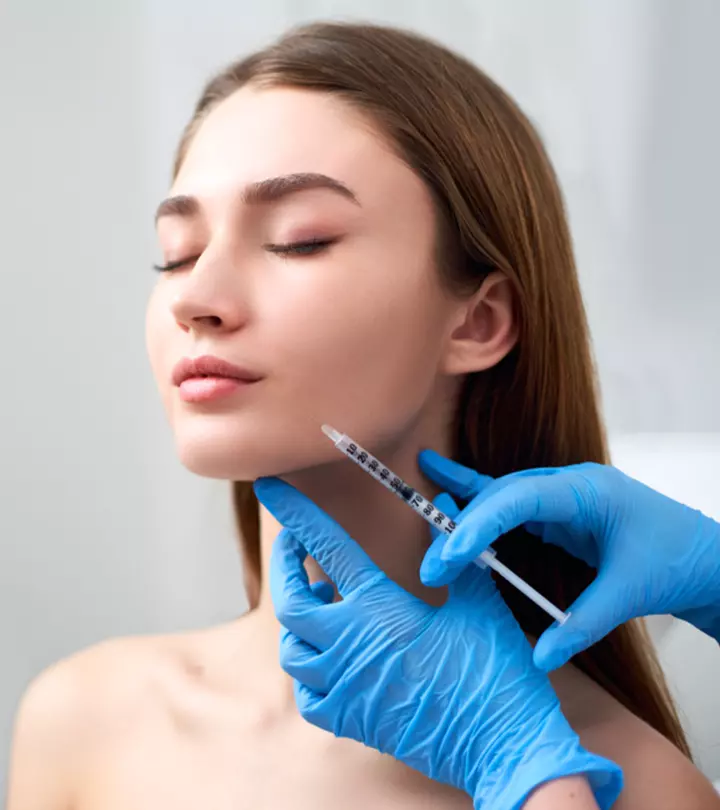


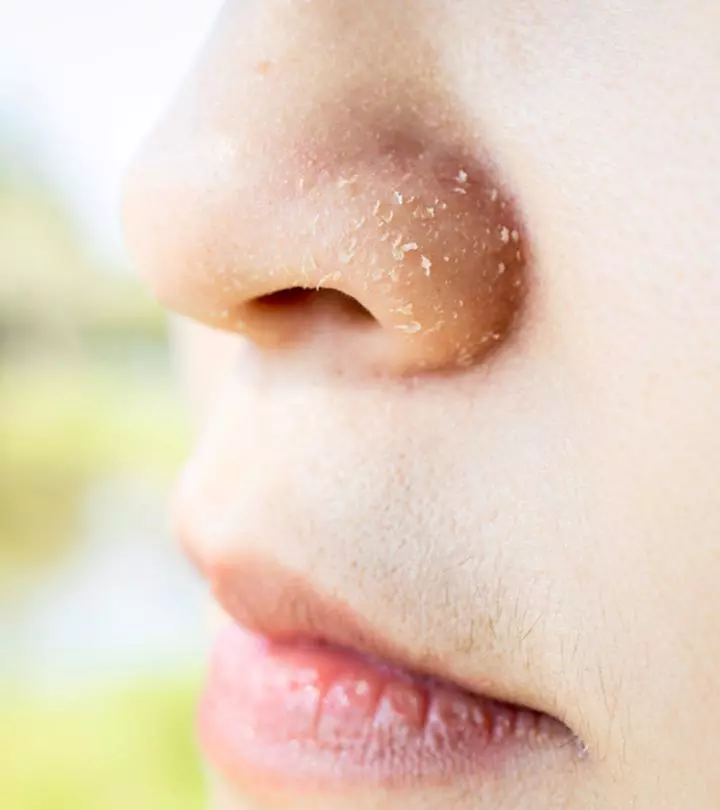
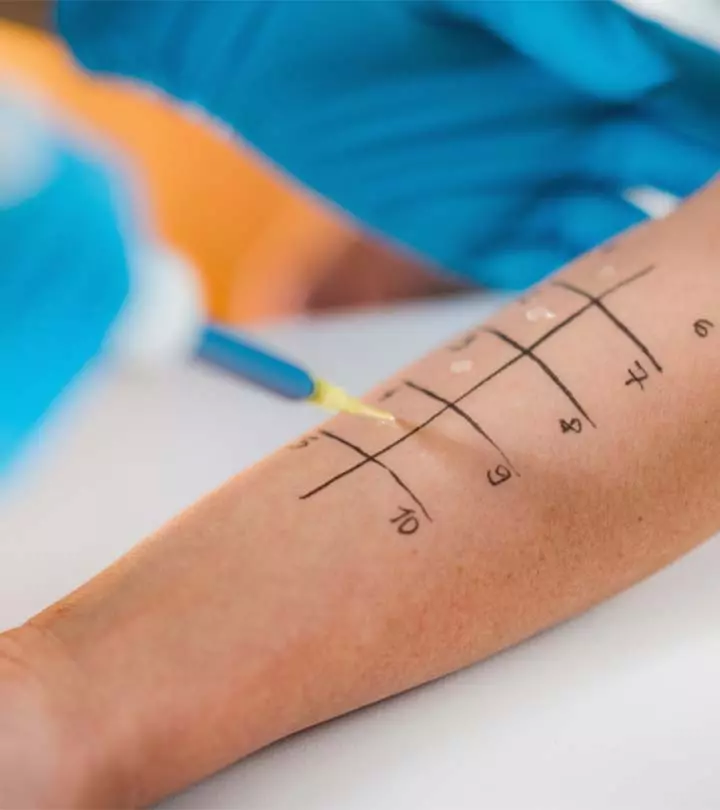
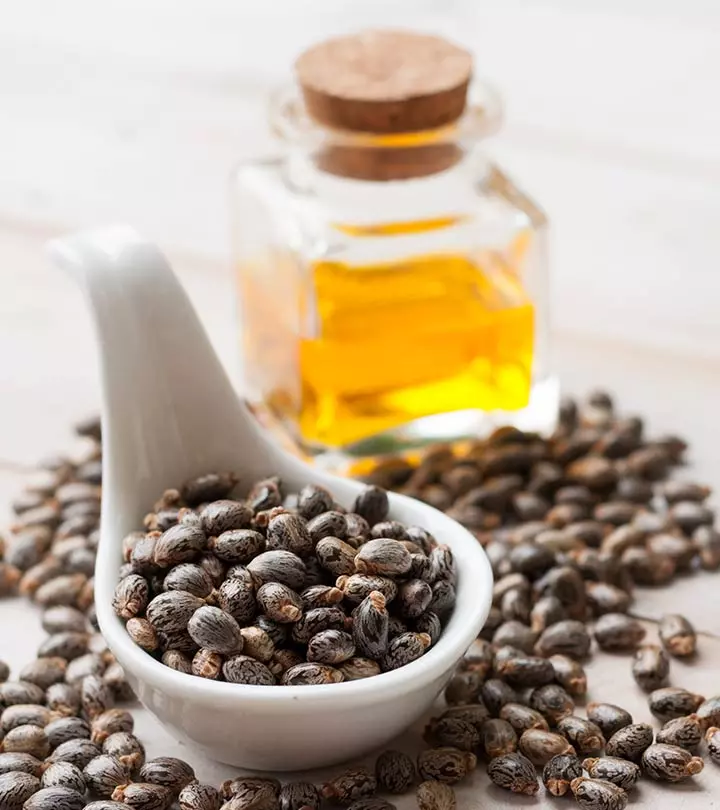

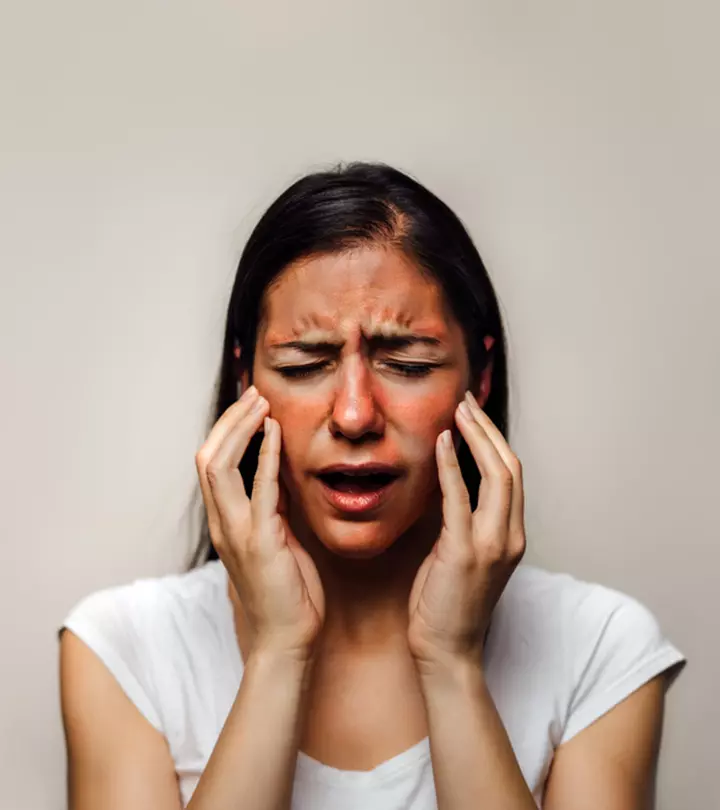


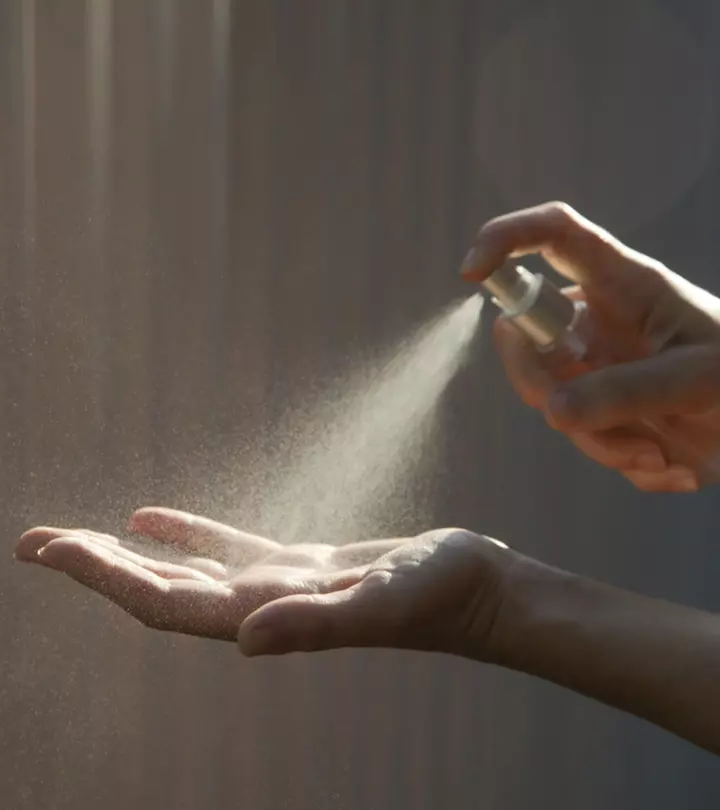

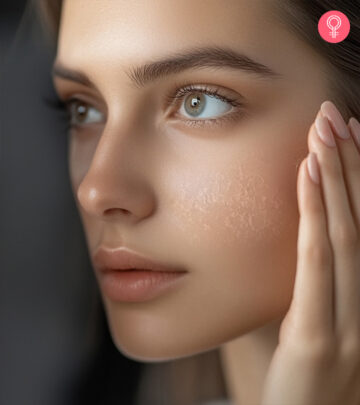
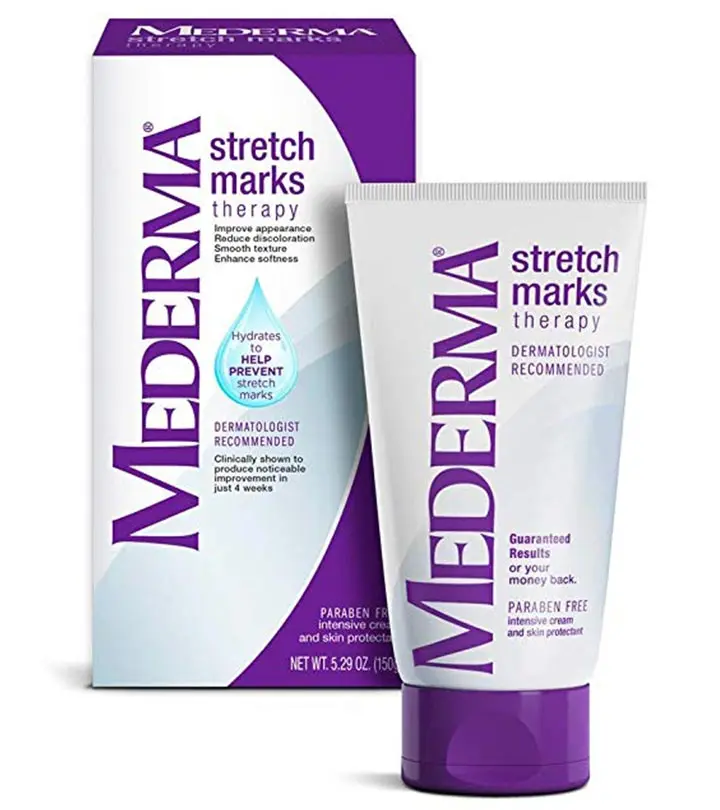
Community Experiences
Join the conversation and become a part of our empowering community! Share your stories, experiences, and insights to connect with other beauty, lifestyle, and health enthusiasts.